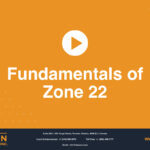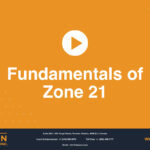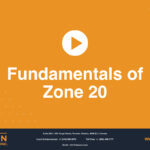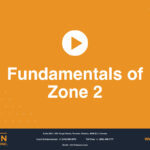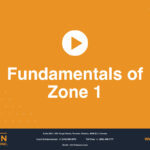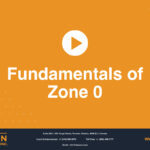Class-Division VS Zone Markings
Sometimes we need to construct, purchase, or install electrical equipment in a hazardous location where there is a risk of a fire or explosion. Hazardous locations are classified in North America, using two different classification systems: the Class-division and Zone systems.
Some products have dual markings with both Class-division and Zone markings so that the product may be installed in both Division and Zone hazardous areas in North America. Dual marking helps to make products more competitive, but there are additional technical requirements and rules and procedures to follow.
The Zone and Division systems of area classification are deemed to provide equivalent levels of safety, but the correct installation of the products is always required. For example, if the product has only one marking Class-division for example, may this product be installed in a Zone-classified area?
First let’s start with products having Class-division marking.
Class I Division 1 products are permitted to be installed in Zone 0. Please note that only intrinsically safe products (Ex ia) may be installed in Zone 0.
Class I Division 1 products may be installed in Zone 1 and in Zone 2 and may also be installed in Class I Division 2.
Class I Division 2 Products may be installed in Zone 2, but may not be installed in Zone 0, Zone 1. Class I Division 2 products may not be installed in Class I, Division 1 either.
Now it is time for zone certified products.
Products that are suitable to be used in Zone 0 may be installed in Class I, Division 1 and Division 2 and may also be installed in Zone 1 and Zone 2.
Zone 1 products may be installed in Zone 2 and Division 2 only. Please note that Zone 1 products may not be installed in Zone 0 or Class I, Division 1.
And finally, Zone 2 products may be installed in Division 2. They may not be installed in Division 1, Zone 0, and Zone 1.
We must also note that when products with a higher level of safety are to be installed in a lower level of classified area, it’s important to maintain all the field wiring requirements of the original marking, even if the product is installed in a lower level of risk. An example of this is a Class I, Zone 1 product, which is permitted to be installed in a Class I, Zone 2 location. The product must be installed as per the requirements for Class I Zone 1.
We hope you enjoyed this presentation. Please ask our Hazcon team if you have any questions.
Request a Consultation
Complete the form below to get started.

